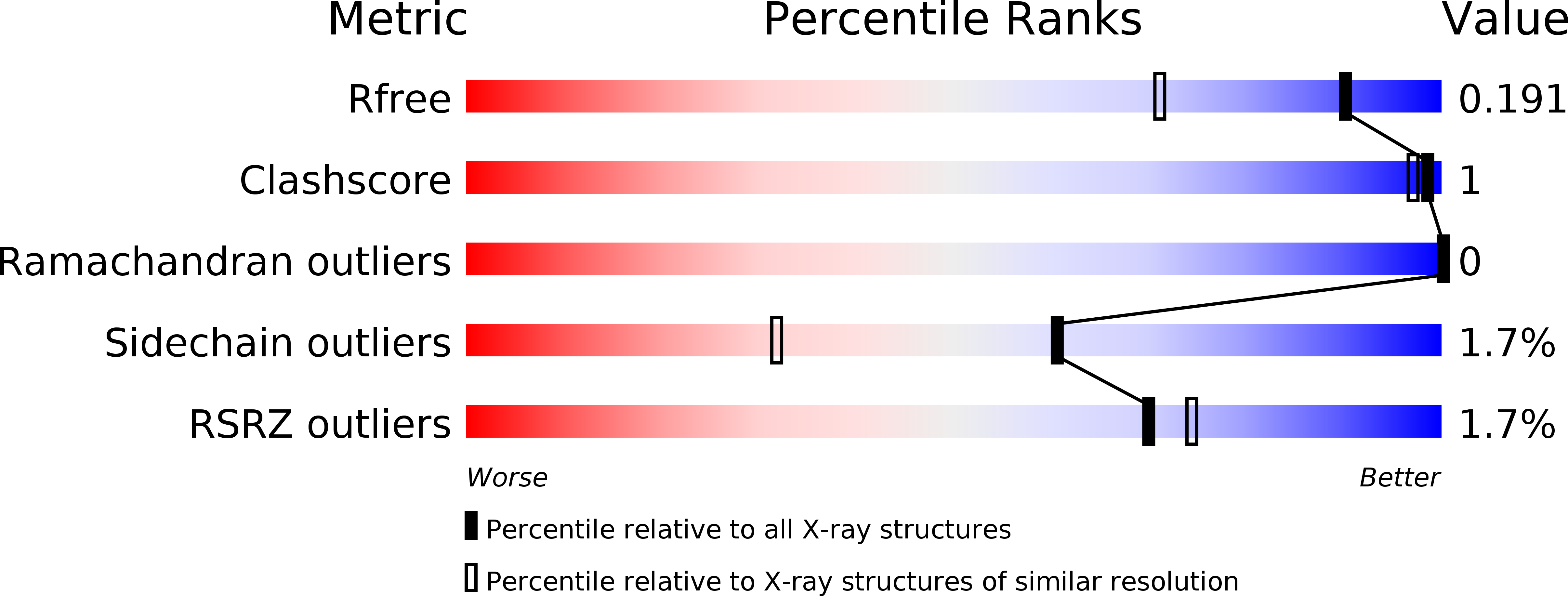
Deposition Date
2019-05-14
Release Date
2020-09-02
Last Version Date
2024-01-24
Entry Detail
Biological Source:
Source Organism:
Klebsiella pneumoniae (Taxon ID: 573)
Host Organism:
Method Details:
Experimental Method:
Resolution:
1.52 Å
R-Value Free:
0.18
R-Value Work:
0.17
R-Value Observed:
0.17
Space Group:
P 1 21 1


